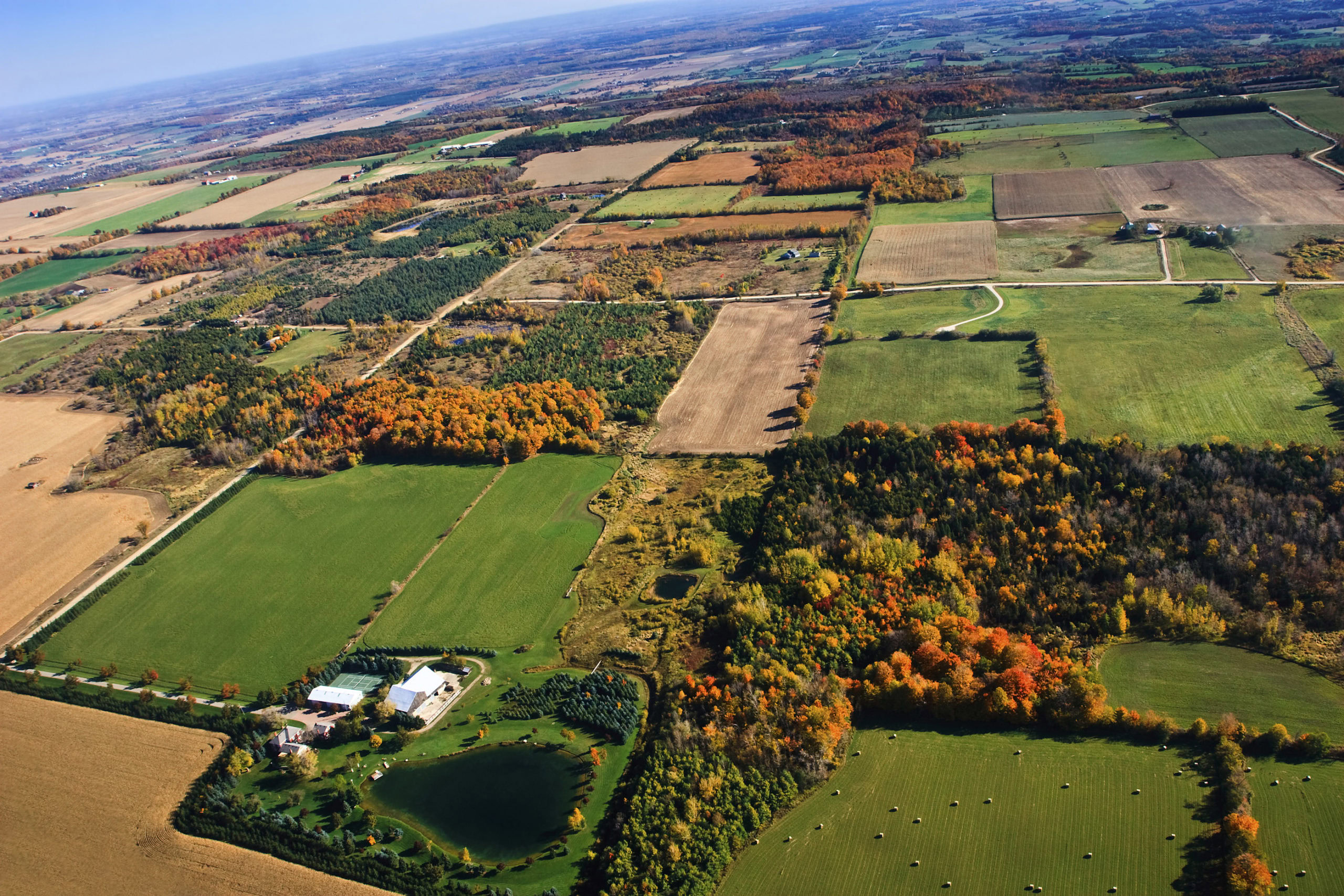
On Wednesday, November 16, OFA President Peggy Brekveld presented to the Standing Committee on Heritage, Infrastructure and Cultural Policy regarding the impacts of Bill 23 on farmland. The message that was delivered can be read below or by clicking here.
Bill 23 – More Homes Built Faster Act
Remarks from Peggy Brekveld, President of the Ontario Federation of Agriculture
Glad to be here today.
I am proud of the people that Ontario Federation of Agriculture represents. It is an innovative industry worth $47B in annual GDP and 860,000 jobs.
More importantly, if you ate today, a farmer grew it. The only question is where.
We know that Ontario grows some of the best quality food and tastes. Our vision is Farms and Food Forever.
Agriculture and cities have always been connected. In fact, the earliest settlements were located near food, water and shelter. Farms feed cities and cities buy the food, fuel, fibre and even flowers that we grow. It is a symbiotic relationship. We need each other.
There is only one landscape. And everything has to fit, but those basics – food water and shelter – remain the same as they were a hundred years ago. They are the cornerstones of life.
What has changed is the actual landscape itself. We have lost farmland by sprawling cities with little regard for where. It likely looks like there is farmland everywhere, it shouldn’t matter. But it does. Farmland is a finite resource.
When something is rare, we treat it as precious, like a gem or diamond. Agricultural land makes up less than 5% of our province. But we don’t hold it as precious.
The OFA understands the need to build more houses in Ontario, in particular, affordable housing. We are not against that. In fact, even rural and agricultural Ontario needs more labour, we want to retain our youth in our rural communities and they in turn need houses too.
Ontario can build houses. But again, the question is where.
Farmland is farmland, whether it is inside or outside the Greenbelt. Between the last two census 2016 to 2021 we lost 700,000 acres. The urban boundary expansion announced will use up more farmland. And once it turns into housing and development, it never goes back to farmland.
OFA, even before Bill 23, has been promoting intensifying cities and building inside of the current urban footprint. So parts of Bill 23 make sense – building more on transit lines, allowing up to three units on a single detached lots.
We also agree that this is not going to be enough. There are more ways to intensify and hit intensity targets.
- We can incentivize hitting intensity targets with government dollars.
- We can remove exclusionary zoning. In Toronto, 70% of the land base is single detached units. These are places to review and renew, to build in and up.
There are examples of how to do this. Waterloo is a great example…. Toronto itself is another, where they cannot expand outward. There are more cranes here than I can count, reviewing and renewing. Inside the urban footprint can be done, and there are regions that want to do this.
I hold up Toronto for another reason. Some of the best farmland in the province is under this asphalt and concrete. And do we want that to continue?
319 acres a day is being lost each day. That is 75 million carrots, 25 million apples and 1.2 million bottles of VQA wine. Per year, every year. That’s why this matters to every single one of us around this table.
We must remember that farming cannot happen anywhere and everywhere. You need the right soils, sun and water, climate. Even greenhouse owners will tell you that it is all about location, location, location.
At some point we put shelter over food. And that doesn’t make sense. Both matter. We have to plan for both.
The beautiful thing about renewing and reviewing, building in and up, is it gives us the chance to build improved complete communities. It makes the infrastructure like sewer and water lines and transit more efficient. It can provide walk-able and bike-able communities. Affordable housing isn’t just about the house itself. It is about community. And… it protects the farmland that feeds the city itself.
I think there are a couple of key principles that we can all rally around:
- We need to plan and develop houses that make sense for the long term needs of Ontario.
- We need a thriving agri-food economy, that enables and attracts innovation and investment.
- We need to support farmers and the agriculture sector and work together to make their lives easier, not harder.
- Farmland, agricultural land and local food are critical to our future in a growing province.
I leave you with these two thoughts.
First, that farmers don’t farm with years in mind. They farm with a thought of generations. Cities and housing should be built with the same vision.
Second, there are 7 regions in the world that have the ability to export more food than they import. We are privileged to be sitting on top of one of them. Ontario has a responsibility to grow food for the world.
Do build more houses. But let’s do it with a mind of food, water and shelter. The cornerstones of life.